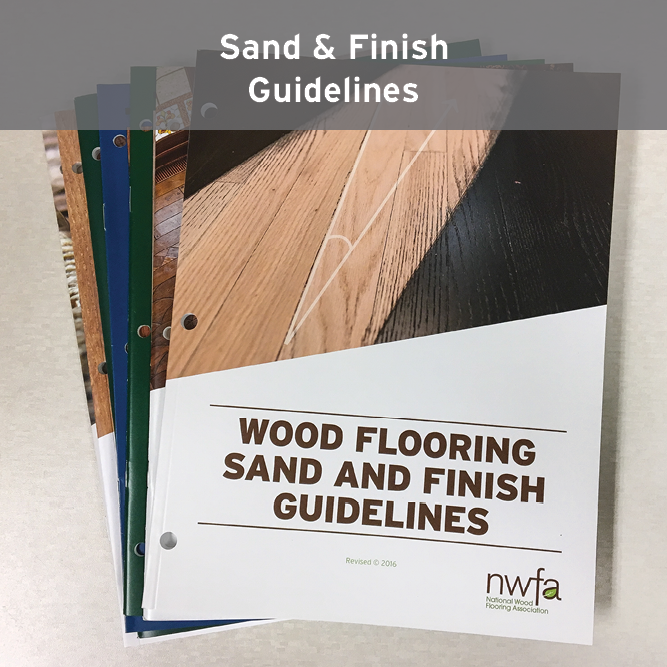Flooring Contractors Need a Balanced Level

One of the many skills used by qualified labor is knowing that the tools being used are accurate along with the maintenance required to keep them functioning properly.
Consider the one of the basic tools used almost daily for the installation of wall tile, your level. The key issue is this question: “Is your level accurate or is your level...level?” This is very easily accomplished by checking the accuracy of the tool used many times each day to establish and maintain a level and plumb installation.
To find out if it is reading correctly, place your level on any horizontal surface, place a pencil line on one end and along the long side. Look at the bubble to determine where it is located in relation to the two lines. Let’s say the end of the bubble is just past the line on the left side as seen in Photo #1. Pick up the level and spin it 180 degrees (end for end), aligning it at the same end and long side pencil lines. Now look very accurately at the position of the bubble. If it is located in the exact same spot as it was before, as seen in Photo #2, you are good to go.
However, if the bubble is now directly between the lines (seeming to indicate that the surface is level, which it is not) or worse yet, just under the line on the left, you have a bad level in your hands. Since many levels have only one horizontal bubble, the unfortunate action now is either discard the level or if it is a better-quality device, send it back to the factory to have refurbished and functioning like brand new, which it now is.
This same action should be taken for the plumb bubble on your device. Position the level on any vertical surface, mark the end and long side noting the location of the bubble. Now, just roll it around to place the other long side at the pencil lines. The same bubble location indicates an accurate device, but if not, so sorry it has got to go.
If your level has two plumb vials, determine if both of them are reading exactly the same. If they are, again, you are good to go. But if they disagree, one of them is out of whack. The question is now, which one is the good one? Using the same technique, of rotating the level to the pencil lines, check each bubble separately. The bubble that is in the same location as it was before spinning the level is the good one. The bubble that read differently is the bad one. If you are going to continue to use this level, the best course of action is to take a hammer and screw driver to punch out the bad vial. While this seems to be a drastic measure, think about the time lost if you depend on the bad bubble for your work. A large amount of time can be lost when the work needs to come down and reset. Think about it.
A word of wisdom. Check and maintain your tools daily or in some cases, more often.
Looking for a reprint of this article?
From high-res PDFs to custom plaques, order your copy today!










